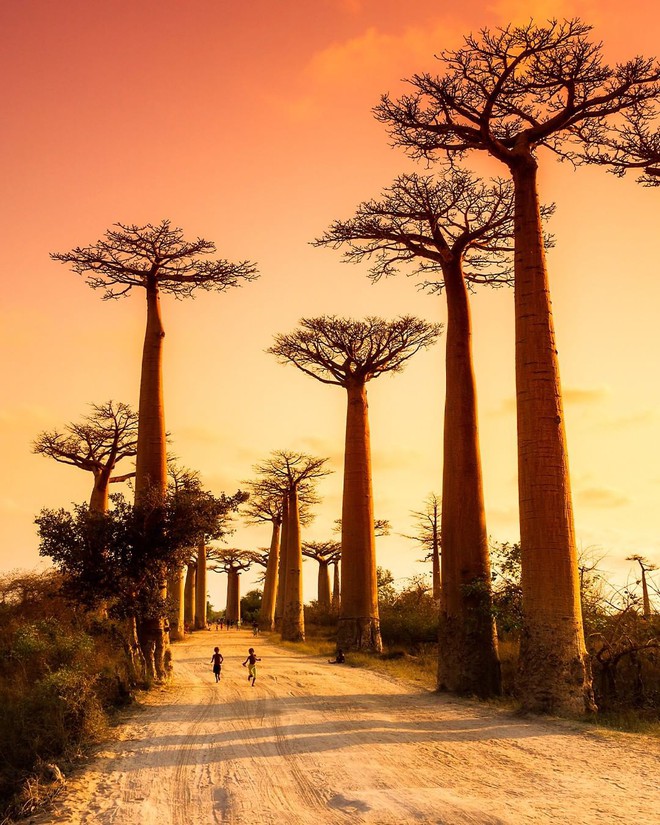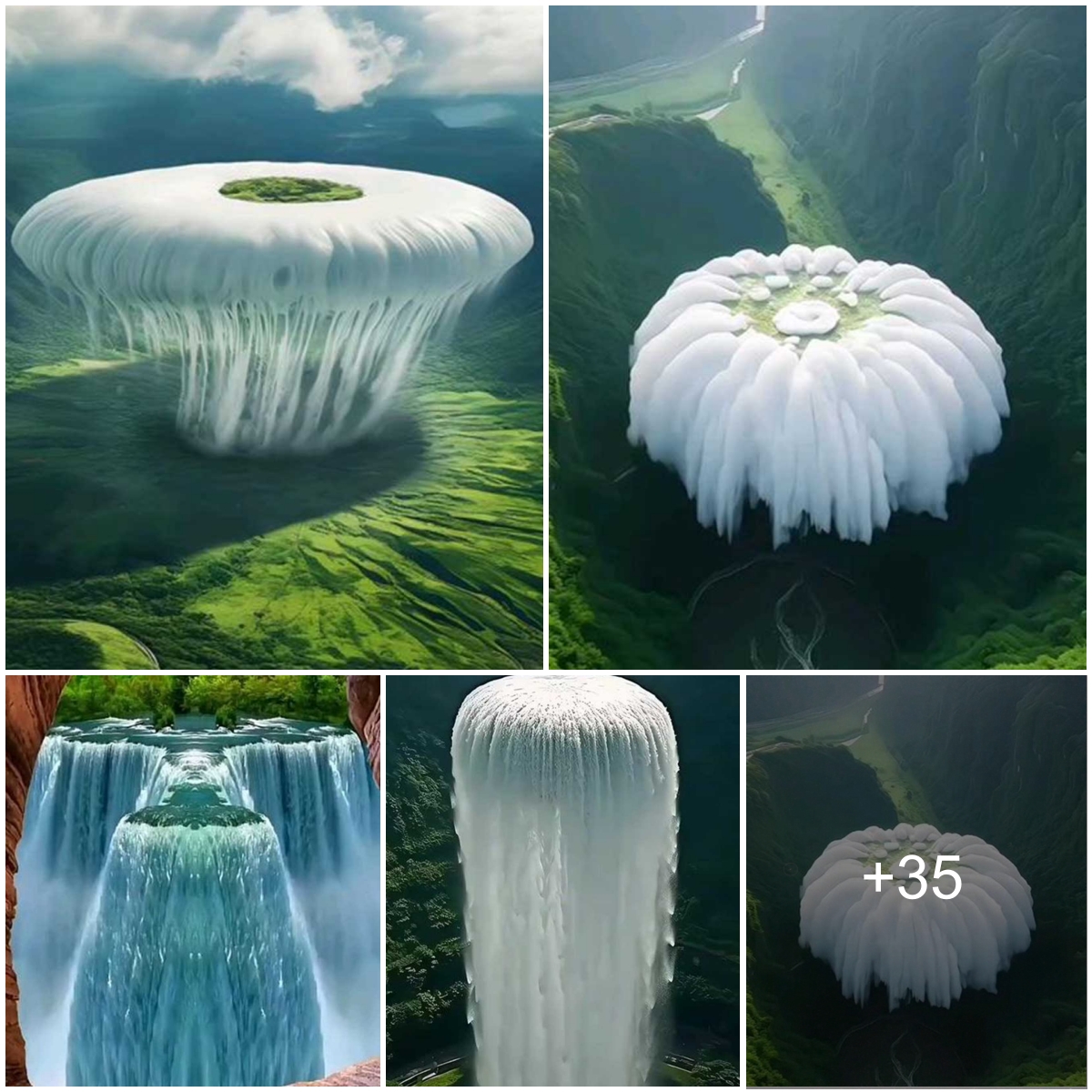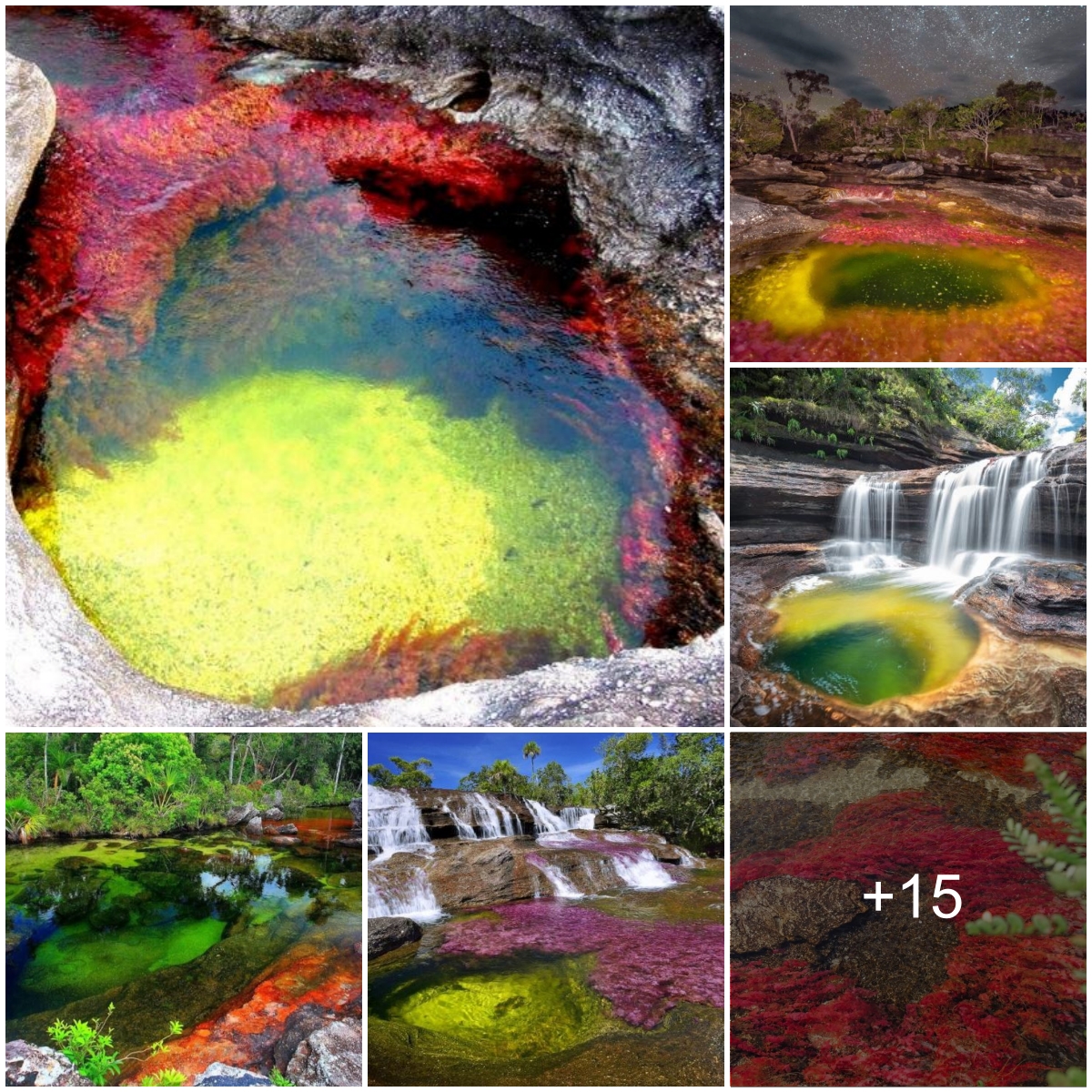– When you have the opportunity to set foot in distant Africa, don’t forget to go to Madagascar Avenue to admire the most special tree in this country – the Baobab tree. The tree symbolizes bravery, majesty and uniqueness like the strong vitality of people in this harsh land.
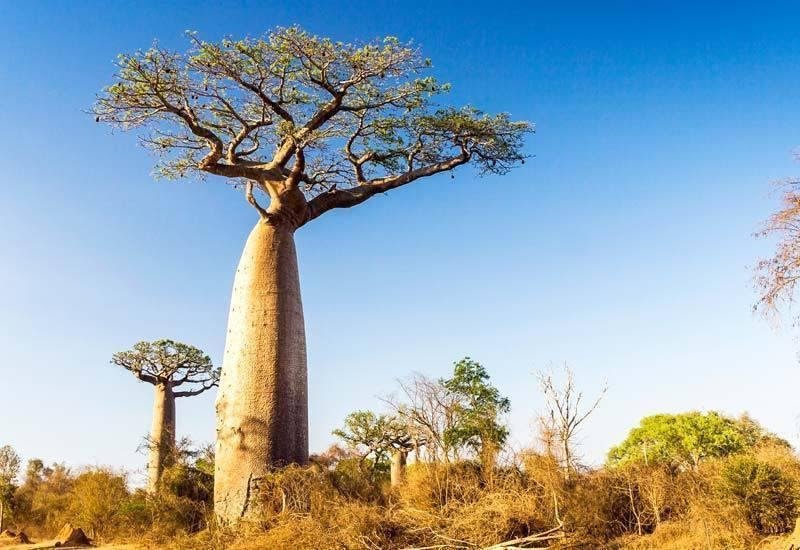
The majestic Baobab tree in the middle of the vast savanna
History of a strange plant
About 75% of Baobab species live and grow on Madagascar, an island nation located in the Indian Ocean. Baobab has existed in this land for thousands of years as a testament to its strong vitality to withstand time and harsh nature. An ancient legend says that Baobab was originally endowed with heavenly beauty, with fresh green flowers and leaves. That’s why they show off to many other plants. Then God decided to turn them upside down to hide that beauty. Since then, this tree is also known as the “upside down tree”. When tourists have the opportunity to come to this country, don’t forget to preserve your moments on the Baobab tree road! 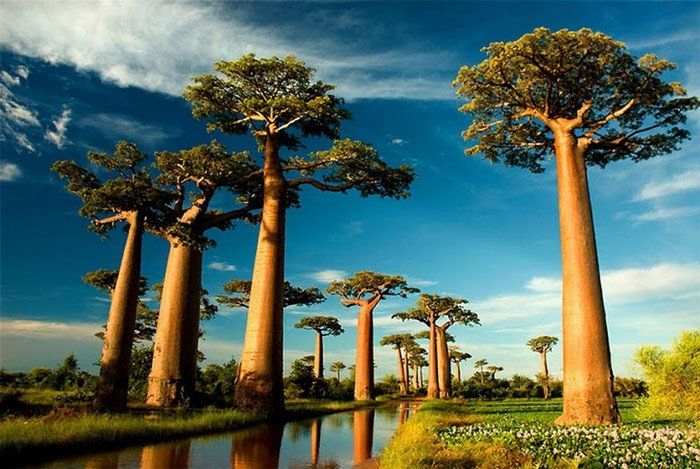
The majestic beauty of the Baobab tree
On both sides of the road are large and majestic Baobab bodies with an average lifespan of about 800 years. The tree’s height is about 30m with a trunk circumference of about 25m. The Baobab tree stands out with its bare branches like a set of roots reaching up to the sky. Its roots penetrate deep into the ground and its large branches have the ability to retain water well, suitable for the process of adapting to the harsh drought environment here. The fruit of this tree is up to 20cm long with soft and sweet flesh inside. Enjoying the fruit of the Baobab tree in the middle of nature will be an unforgettable memory for you.
Baobab is closely associated with the lives of African people
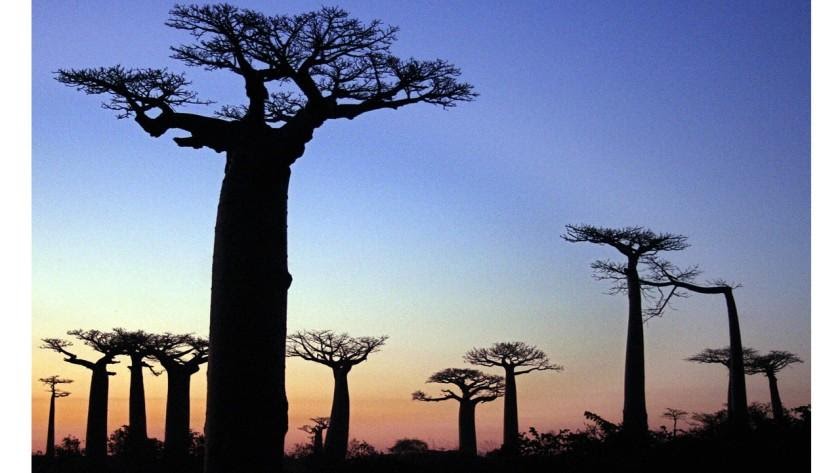
Baobab is associated with the harsh image of African lands
Baobab is closely associated with the material and spiritual life of the people here. Most parts of the plant have their own uses. The fruit has the highest economic value. After being picked, it is split in half, the seeds are removed, dried and ground into powder. This powder can be mixed with soup or porridge, and can sometimes be diluted into a refreshing drink. The leaves are also used to make soup, or dried to make a spice. Baobab tree trunks are especially useful during times of drought because they contain a lot of water. When the tree trunks grow old and die, they make a great wooden house for people to use. With a large trunk circumference, the Baobab tree can accommodate an entire family, and a mature tree can accommodate up to dozens of people. Besides daily trading and living activities, the Baobab tree is also associated with the spiritual life of the people here. They are present in many legends and myths. In northern Namibia, Baobab is considered a tree that helps improve the environment, making the land, air, and water sources cleaner. Legend has it that people with bad intentions who want to defile this land will be trapped in the trunk of a huge tree. In Botswana, tribes living in the forest believe that souls often reside in the flowers of the Baobab tree, and anyone who dares to pick the flowers and eat them will be eaten by lions.
Baobab is a tree with a unique magical beauty. Exploitation of resources from this tree has been bringing income and jobs to local people. However, recently, human activities are negatively affecting the environment, deforestation for farming is pushing the number of Baobabs to seriously decrease. That is a warning sign that we must act now, join hands to protect the environment in general as well as protect this tree species in particular, to preserve the wonderful wonders that Mother Nature has given us. 